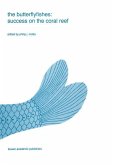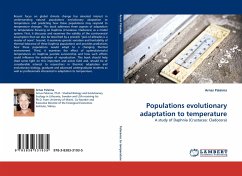Microsatellite markers are commonly used to determine family relatedness. We analyzed the reproductive success in a pond hybrid population of two different parental populations Tropheus moorii (Tropheus "Nakaku" females, n = 75; Tropheus "Mbita" males, n = 25; and F1 - offspring, n = 133), based on 6 microsatellite loci. Using the pedigree software CERVUS, 109 (82%) parent-offspring pairs were identified. Moreover, within the F1 generation six F2 individuals were discovered and assigned to their parents from the F1 population. The study shows a strong correlation between number of mates and number of offspring. Moreover it suggests the occurrence of sneaking males, or alternatively females mating with more than one male in one brood due to the artificially high density in the pond environment. Both behaviors have not been observed in the wild. Moreover, female preference is suggested to be crucial for males' reproductive success, as two males had a much higher progeny in comparison to the others.
Hinweis: Dieser Artikel kann nur an eine deutsche Lieferadresse ausgeliefert werden.
Hinweis: Dieser Artikel kann nur an eine deutsche Lieferadresse ausgeliefert werden.








